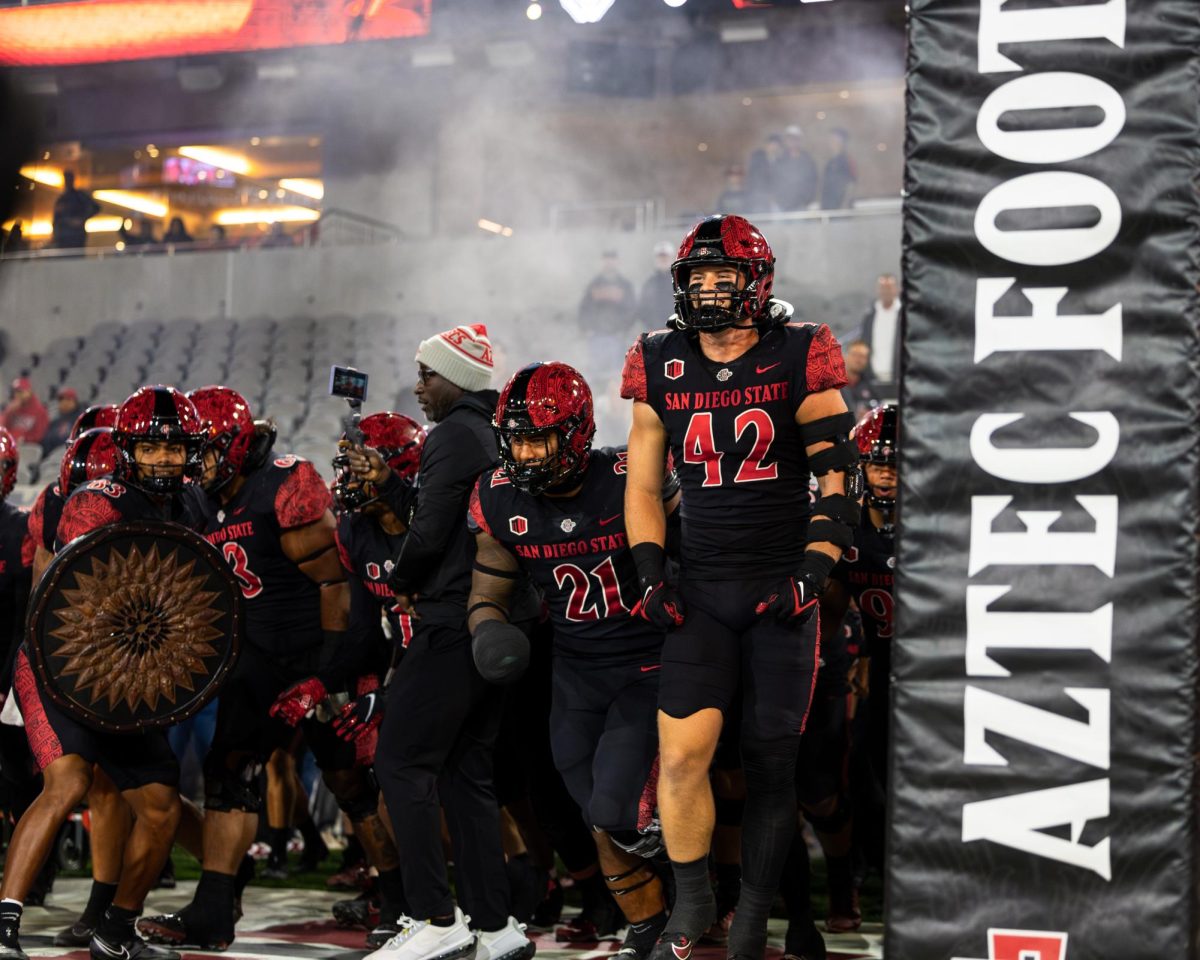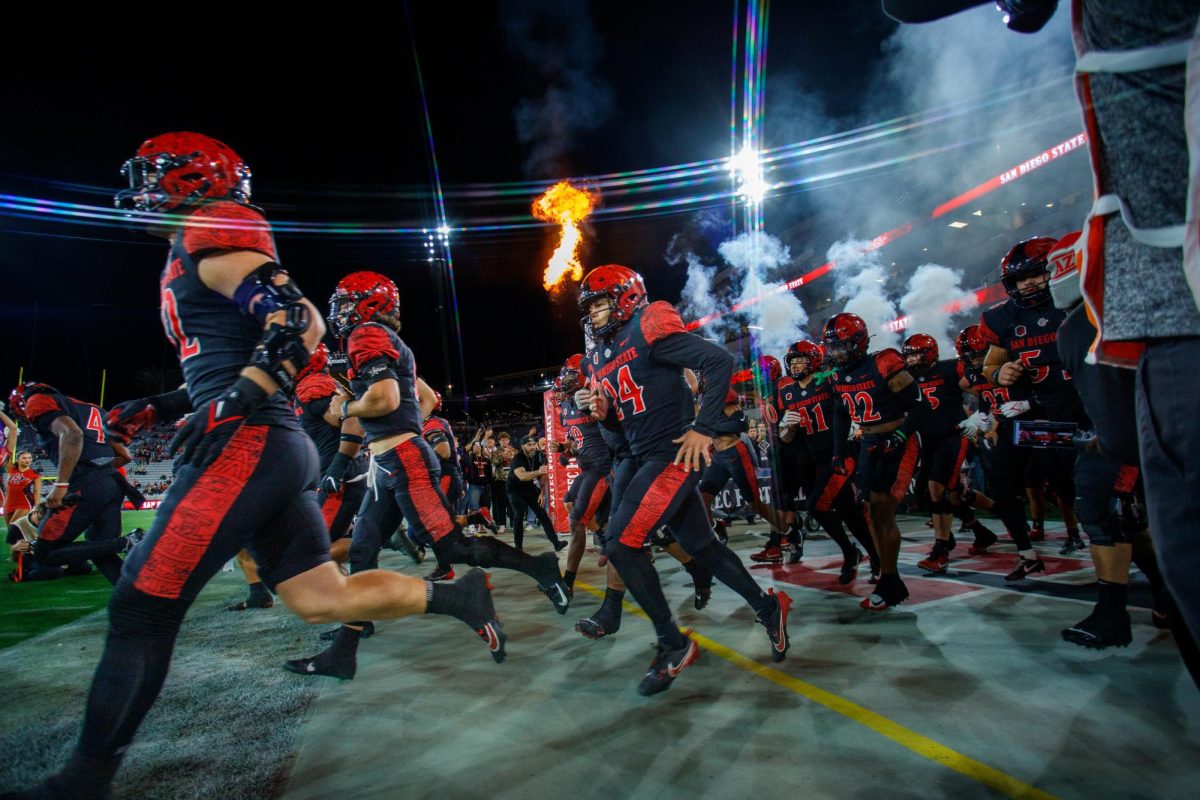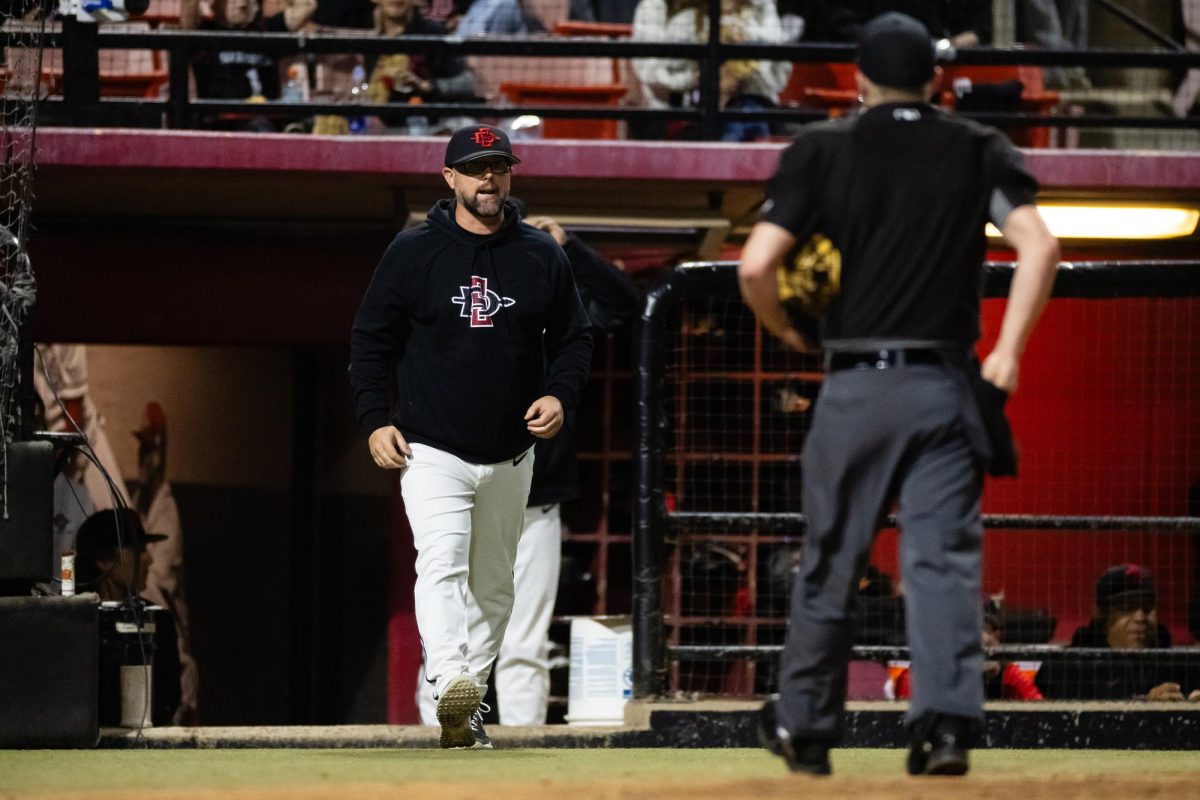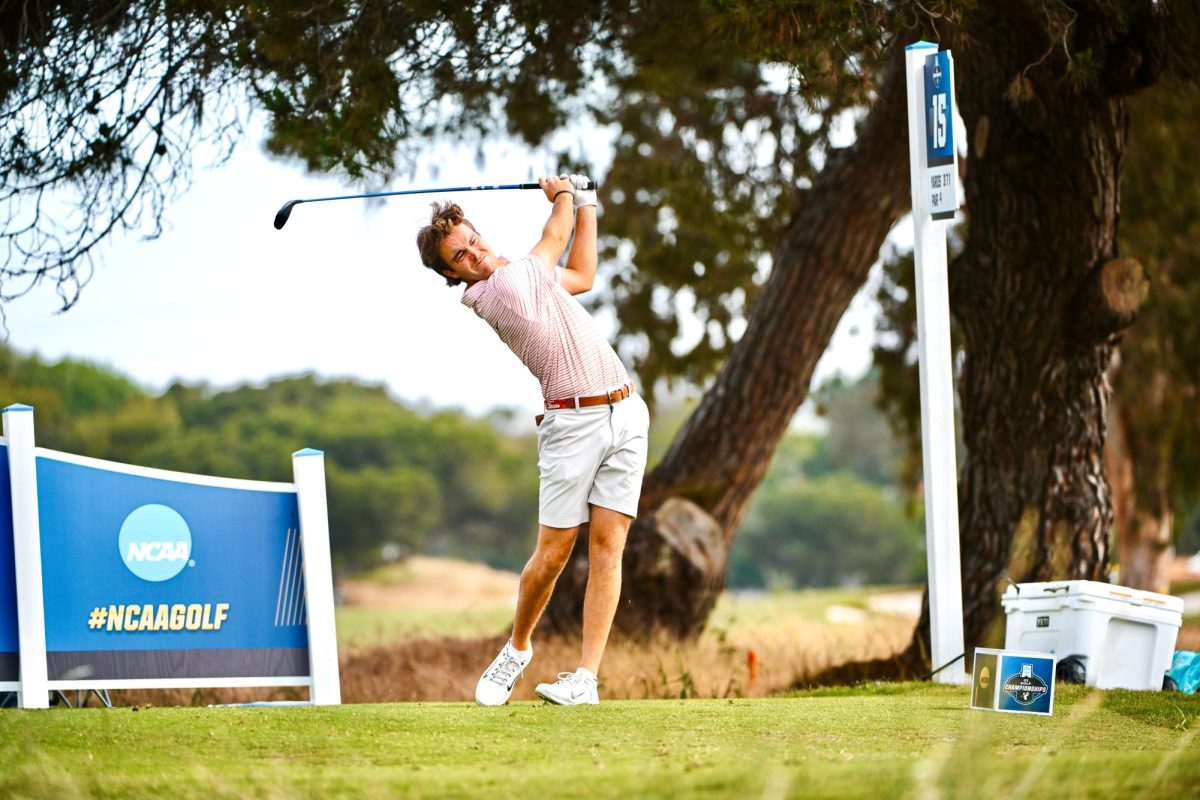In 2009, a former UCLA basketball player named Ed O’Bannon took a look at the new EA Sports video game and didn’t like what he saw. The power forward’s face and body had been used without his consent.
The class action lawsuit that O’Bannon and others filed in Oakland argued that the college basketball players had been unfairly denied compensation for their “name, image and likeness,” more commonly known as NIL.
It would prove to be a pivotal moment in the history of college athletics – eventually opening the floodgates to paid endorsements and sponsorships, creating economic disparities within teams, and moving players around the country in pursuit of better deals.
Today’s student athletes are still not employees, but they are free to accept money if corporations and individuals are willing to spend it. A star quarterback in some markets might make upwards of $1 million, but the vast majority of student athletes are making a few bucks, if anything at all.
As the case made its way through the courts, student athletes at Northwestern University tried a different tactic. They petitioned the National Labor Relations Board to be recognized as employees, eligible for pay, benefits and union protection. That effort was unsuccessful, but the NCAA acknowledged in the process that student athletes were asking for compensation in greater and greater numbers.
Attorneys for the O’Bannon complaint argued that the NCAA’s prohibition on student athlete compensation constituted an unlawful restraint of trade in violation of antitrust law. And judges were broadly sympathetic to it.
In 2015, the federal district and appellate courts ruled in favor of O’Bannon and the others. Four years later, California became the first state to recognize NIL. The legislation, known as the “Fair Pay to Play Act,” prohibited the NCAA from punishing any student-athlete who received NIL compensation. A year after that, several other states such as Colorado, Florida, and Nebraska soon followed suit with their own laws regarding NIL compensation.
The final nail in the coffin came in 2021, when the U.S. Supreme Court rejected the NCAA’s appeal of their antitrust violation in a separate lawsuit known National Collegiate Athletic Association v. Alston. The Supreme Court upheld and finalized the decision of the lower courts, which ruled that the NCAA was in violation of antitrust laws.
In response, the NCAA gave up the fight. The nonprofit adopted an interim NIL policy that allowed student-athletes to financially benefit from their name, image, and likeness without any penalty.
In Dec. 2021, the first transfer portal opened and signified the start of the NIL era. Booster-fund organizations known as NIL collectives used their money to leverage athletes to enter the portal and commit to schools.
NIL collectives are independent organizations that raise funds from donors and businesses to secure NIL deals for student-athletes. These organizations are often run by alumni.
Since the first transfer portal, the adoption of the NIL policy by the NCAA, and the ruling of the Supreme Court case, high school and collegiate athletes are committing to schools based on how much they can earn and can transfer to other schools if they offer higher compensation.
In 2022, Nike made its biggest NIL deal yet by announcing endorsements with Iowa women’s basketball player Caitlin Clark and Bronny James, son of Lebron James.
NIL has changed the landscape for college sports altogether, but this begs the question: Is it for better or for worse? San Diego State University sports media professor, Demariyé Smith, shared his professional opinion on the new landscape for college sports.
“What made college football so important is that it’s a regional thing,” Smith said. “It’s not supposed to be a national thing. You’re supposed to root for San Diego State because you care about what happens in the Mountain West- you’re not caring about them competing for the national championship.”
Collegiate sports have become such a big national product that it puts pressure on smaller programs, such as SDSU, to become great. Smaller schools and football programs will likely transfer to bigger conferences to bring in more money and entice players.
Smith also offered his personal opinion from a fan’s point of view, instead of a professor’s.
“As a fan, I would say I don’t like it,” Smith said. “I think that it professionalizes these athletes while I think, morally, it’s the right thing to do to pay student-athletes.”
Because of NIL, the fans, media and experts alike will have to change their ways on how they view college sports. It has become a professional sports business instead of a collegiate sports business, and loyalty to a school or conference has gone away.






